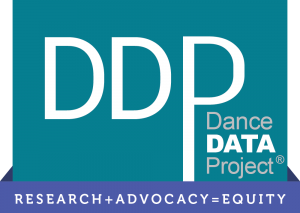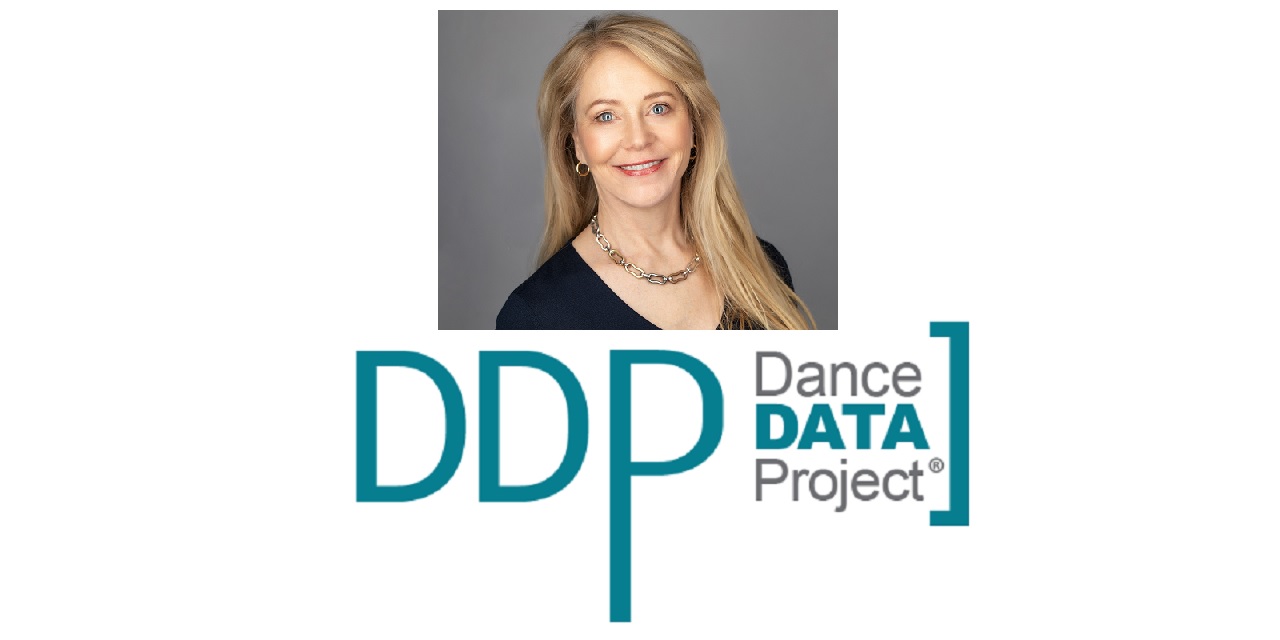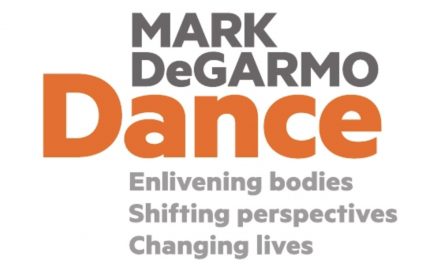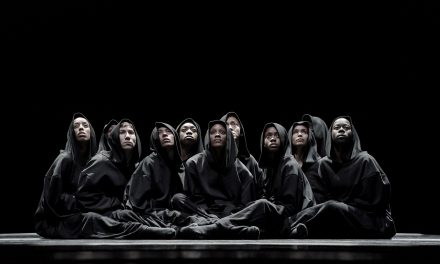The dance world is undergoing a reckoning and one of the voices leading the way is President & Founder of Dance Data Project® (DDP), Elizabeth Yntema. Ms. Yntema is an advocate for women in ballet and by extension all of those outside of the power structure. DDP recently posted an important new resource on their site, a multi layered section focused on both student and professional dancer safety, particularly in regard to sexual harassment and assault. It includes a Best Practices Guideline for Schools and Companies, a page of links and resources, and an Inclusive Technique Class Checklist. In addition to the website additions, Ms. Yntema interviewed Emma Lister and Zoë Ashe Brown of the Movers, Shakers, Makers podcast on May 6 about mental health and sexual assault in the ballet world. You can watch the interview on the website or on YouTube. Both podcasters are professional dancers, choreographers and educators, working in England, the UK and Europe. Ms. Lister, after training at the Royal Winnipeg Ballet and a freelance career in England, runs Make//Shift company with her husband, circus artist Sakari Männistö. Ms. Ashe Brown is a ballerina and choreographer currently dancing with the Royal Ballet of Flanders and choreographing with the support of The Arts Council of Ireland and Dance Ireland.
I spoke with Ms. Yntema on May 11 regarding the Best Practices Guide and her ideas for moving forward as an industry that often permits or dismisses harm done to its most vulnerable community members. Our discussion took place in the aftermath of British choreographer Liam Scarlett’s death and the day before the conviction of former English National Ballet principal dancer Yat-Sen Chang for sexual assault in England. This follows numerous scandals in the United States over the last several years, the most infamous at NYCB. As both a lawyer and an advocate for women’s rights in ballet, Ms. Yntema is in a unique position to guide the industry and by extension, the country, forward.
“If organizations knew or should have known about assault, they may be criminally liable. There is a duty to investigate, document, and be transparent about their findings once they receive a report. Failure to act opens the organization to potentially catastrophic consequences.”
This statement is the backdrop to much of what is included in the Best Practices Guideline on the site.
“We wanted to create something both practical and universal, that parents, students small companies, or schools and even neighborhood studios can print and implement immediately.”
The guidelines were formulated with input from several dance advocacy groups and individuals.
In addition to Ms. Lister and Ms. Ashe-Browne, collaborators include Ty Woodfolk, Director of Resources, Diversity and Inclusion at Chicago Shakespeare Theater and a DDP Advisory Council member, Erin Sanchez, the Manager of Health, Wellbeing and Performance for One Dance UK and Whistle While You Work founders Roybn Doty and Frances Chiaverini.
The collaboration between DDP and the Movers, Shakers and Makers podcasters grew out of an exhaustive (though not clinical) survey on dancers’ mental health that Ms. Lister and Ms.
Ashe-Browne created in 2020. Over 400 dancers responded to the 30 questions on mental health, sexual assault, bias and unsafe conditions in the dance world. After breaking down all of their data, they detailed their findings and proposed solutions in a two-part podcast first aired in December of 2020.
 In both my discussion with Ms. Yntema and in the recorded DDP interview with Ms. Lister and Ms. Ashe-Brown, several protocols and layers of protection were identified as essential to the wellbeing of student and professional dancers. The most important is a code of conduct, where each requirement is individually initialed by the teacher, choreographer, or guest artist. Students and their parents should be held to the same code of conduct and required to sign it as well. The second is a background check.
In both my discussion with Ms. Yntema and in the recorded DDP interview with Ms. Lister and Ms. Ashe-Brown, several protocols and layers of protection were identified as essential to the wellbeing of student and professional dancers. The most important is a code of conduct, where each requirement is individually initialed by the teacher, choreographer, or guest artist. Students and their parents should be held to the same code of conduct and required to sign it as well. The second is a background check.
“Festivals, pick up companies and summer intensives often do not provide the names of faculty and guest artists. There are last minute subs which makes accountability difficult.”
Ms. Yntema emphasized that at the minimum, these two guardrails will set up expectations and raise red flags if needed. She also emphasized the importance of specific and clear consequences for any failure to uphold the guidelines in the code of conduct. She mentioned Houston Ballet as a company with very well thought out and clear protocols for their summer intensives. In addition to a code of conduct there is a direct line for reporting, assigned adults per student cohort, rules about social media, rules about who can be in a room with whom, a psychologist on staff and on-going training for faculty, dancers and staff. She acknowledged that Houston is a large company with resources that many smaller companies and schools do not have, which is one of the reasons that she has the guidelines posted on the DDP website.
All of the participants in the conversation on May 6 mentioned the specific perils of social media, both to dancer’s mental health and as a risk for grooming and sexual assault. Ms. Lister emphasized that social media guidelines should be folded into any code of conduct. There should be no private interactions between students and instructors over social media.
“When I went to ballet school the creepy guy in the company couldn’t just slide into your DMs. I didn’t even know what grooming was….it has exploded into our consciousness …. with the readily available ways for people to access, groom, and flirt online. “
These were heavy conversations. Sexual assault among vulnerable young dancers, many who are far from home and may not even speak the host company’s language, is a terrifying prospect for parents and has long term consequences for both victims and witnesses of the behavior. This addition to the Dance Data Project® website, these increasingly common conversations and surveys and the attention of dedicated and caring individuals make the possibility of overcoming the danger possible.
Liza Yntema is optimistic and sees this work moving far past the dance world.
“We need to get rid of the myth of the artistic genius. Being talented does not excuse bad behavior.”
No, it doesn’t. Students and professional dancers need to find their power and voices. These codes of conduct and guidelines do just that; return agency to those not in power.
Ms. Yntema concluded both conversations the same way.
“I think that this can be dealt with in a forthright, step by step manner but only if expectations, rules and culture are set from the very top – no exceptions.”
Written by Nancy Dobbs Owen for LA Dance Chronicle.
Featured image: Elizabeth Yntema, courtesy of Ms. Yntema – Composite built by LA Dance Chronicle







